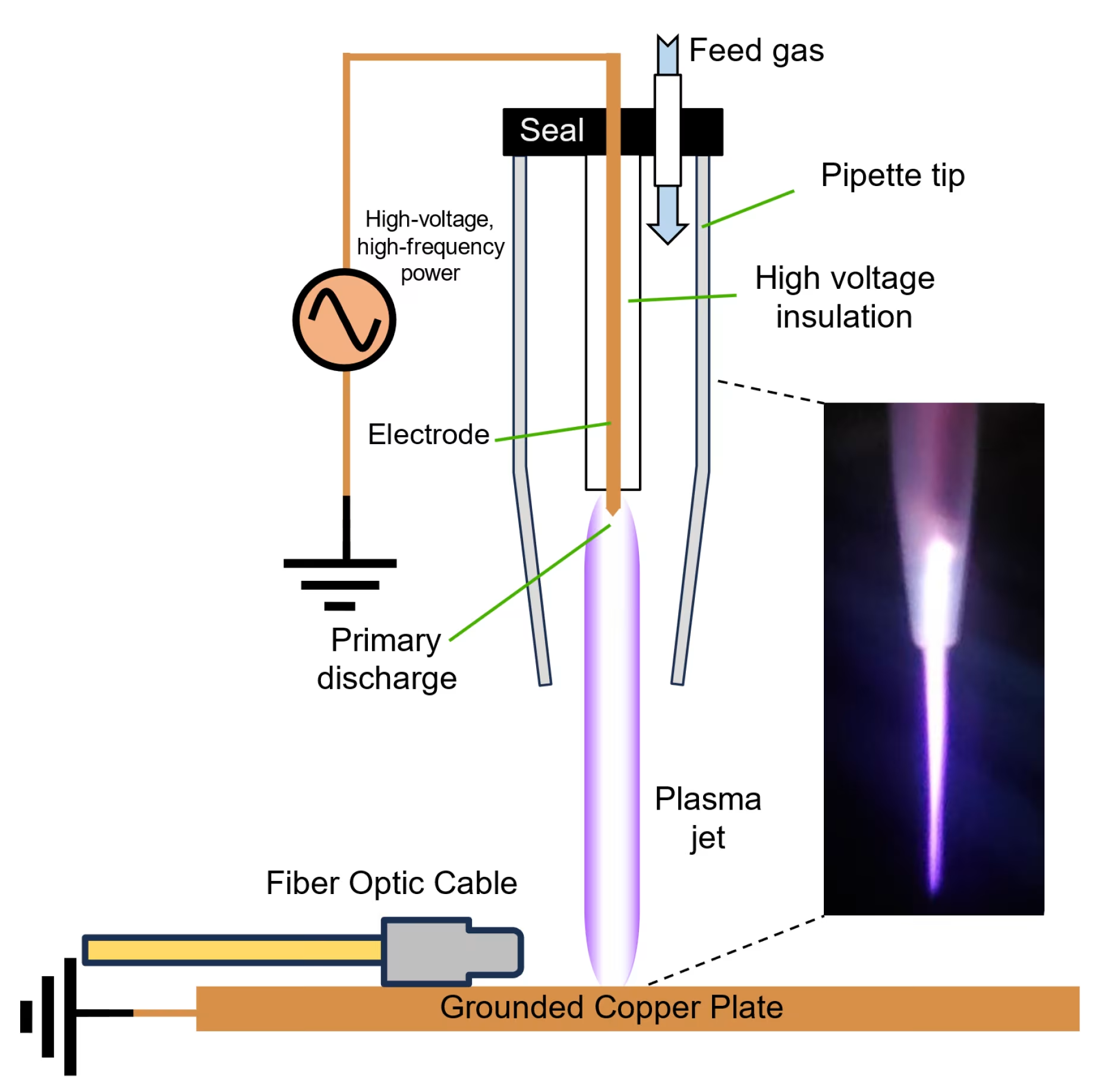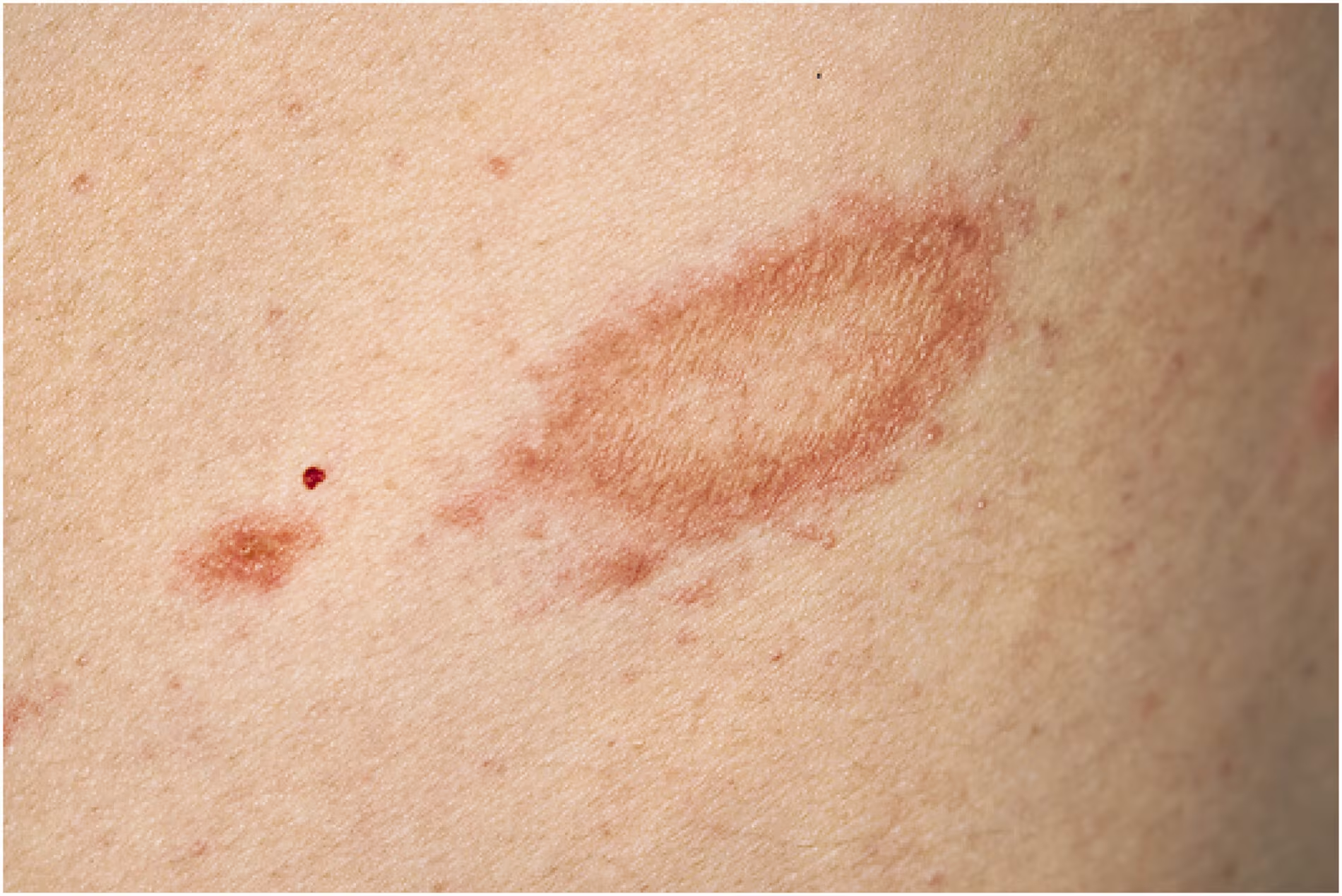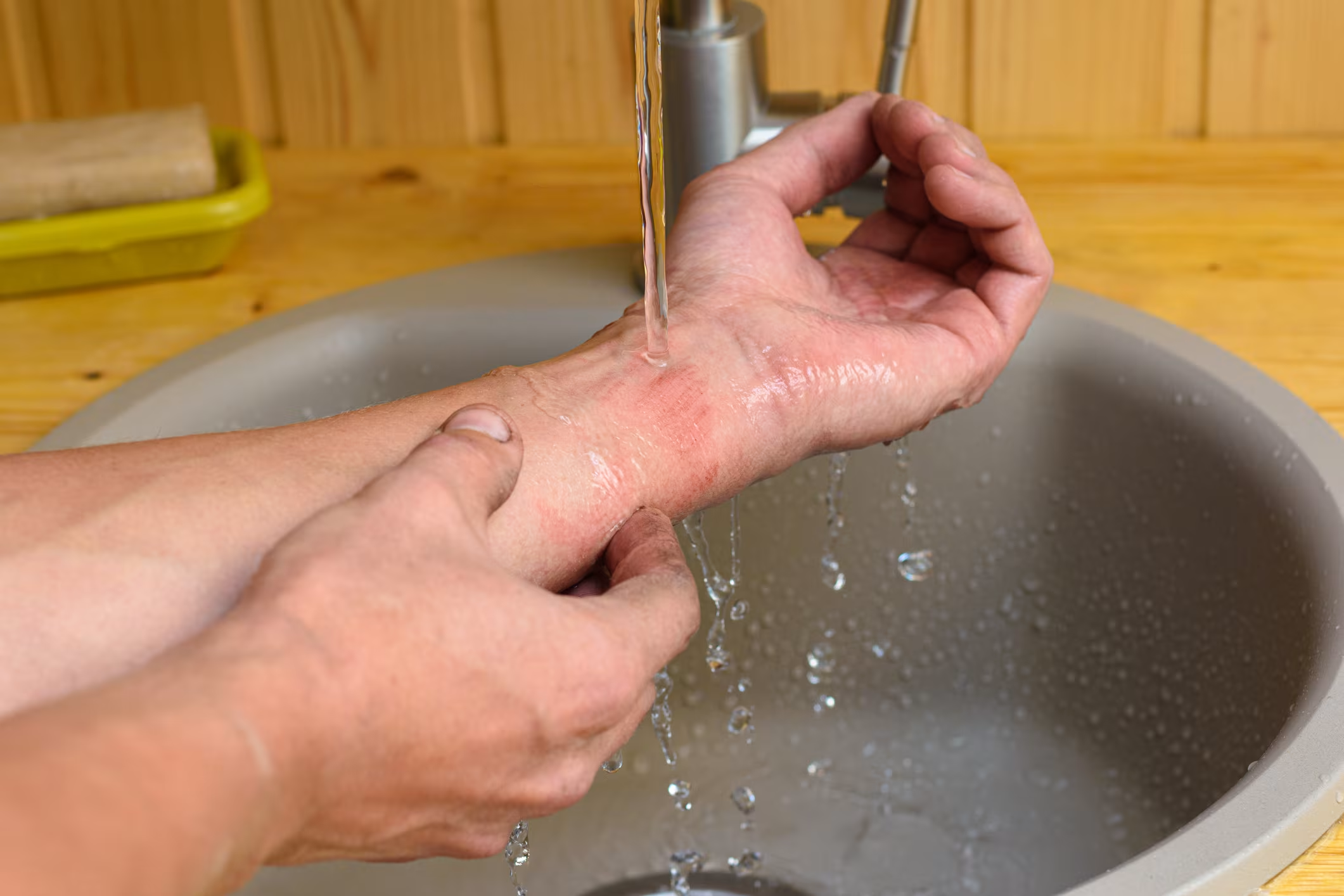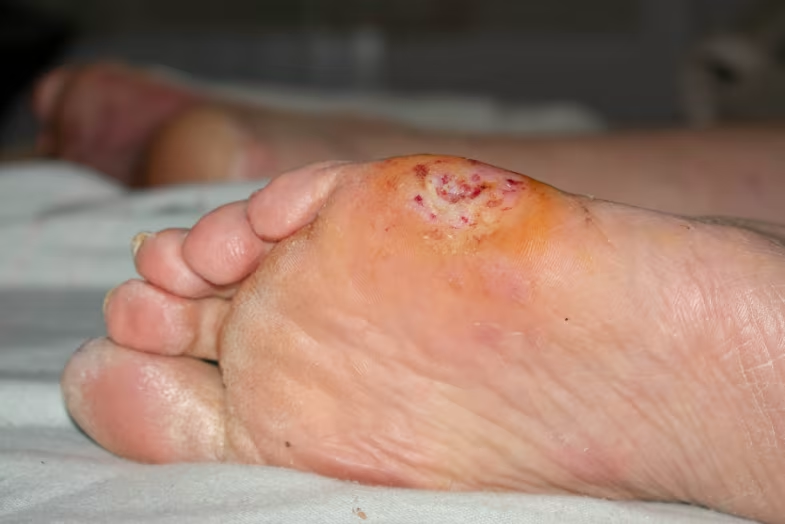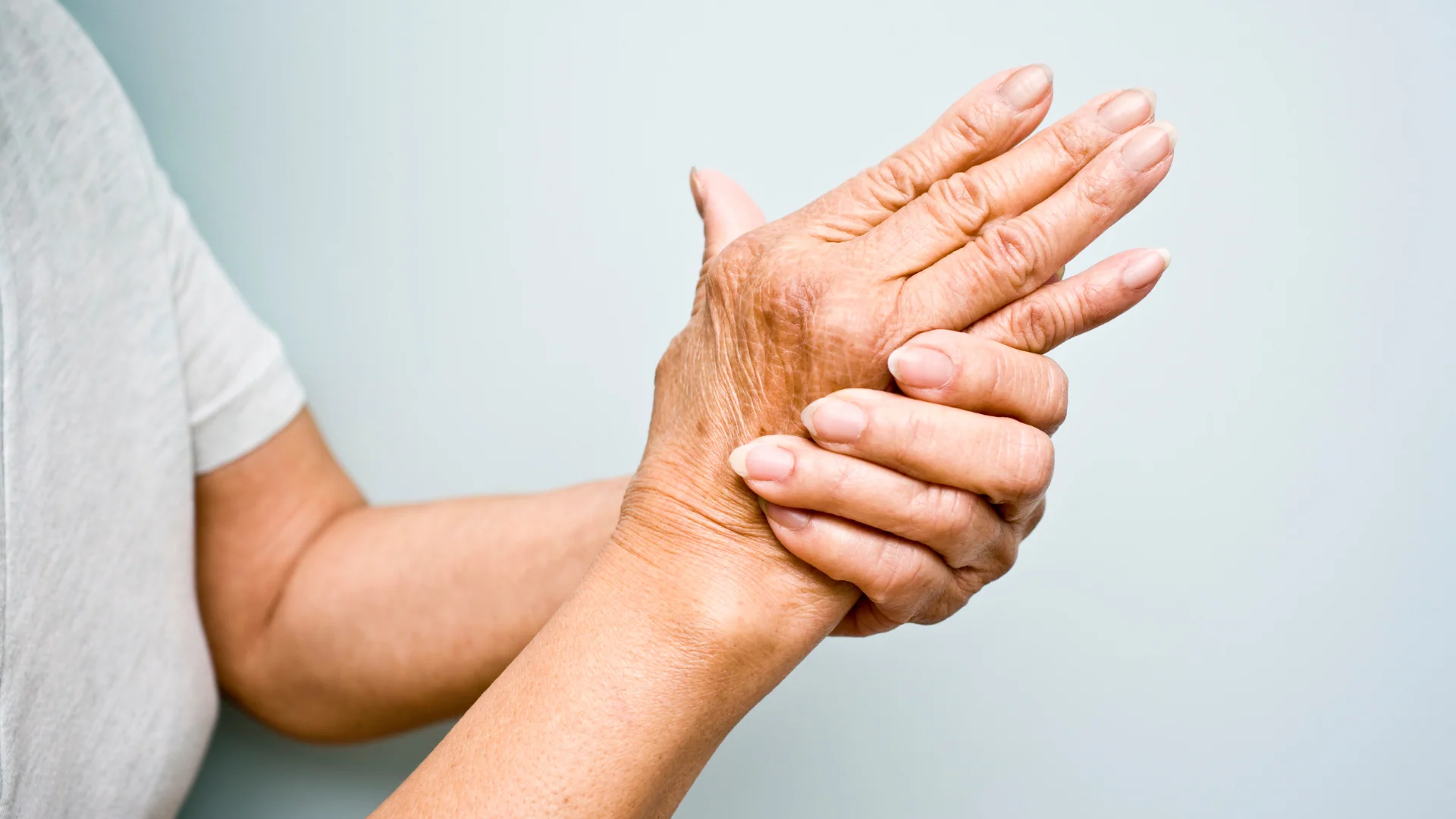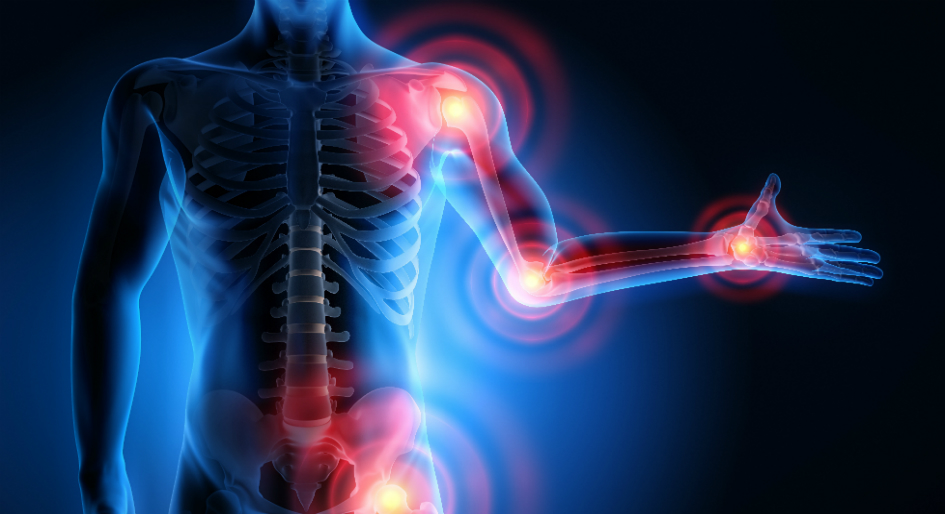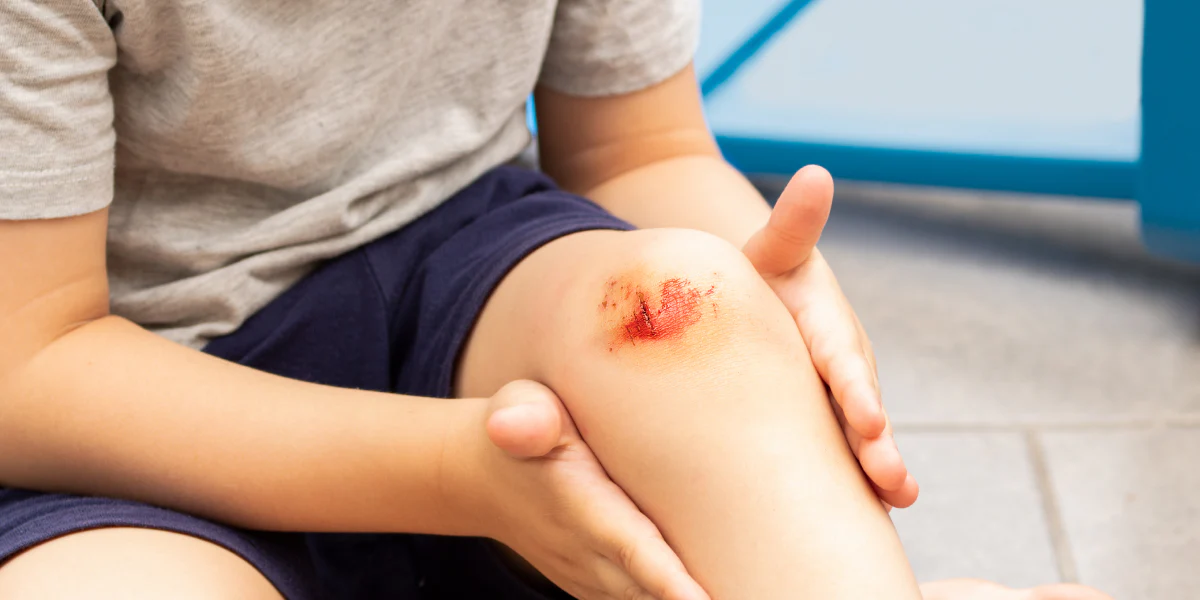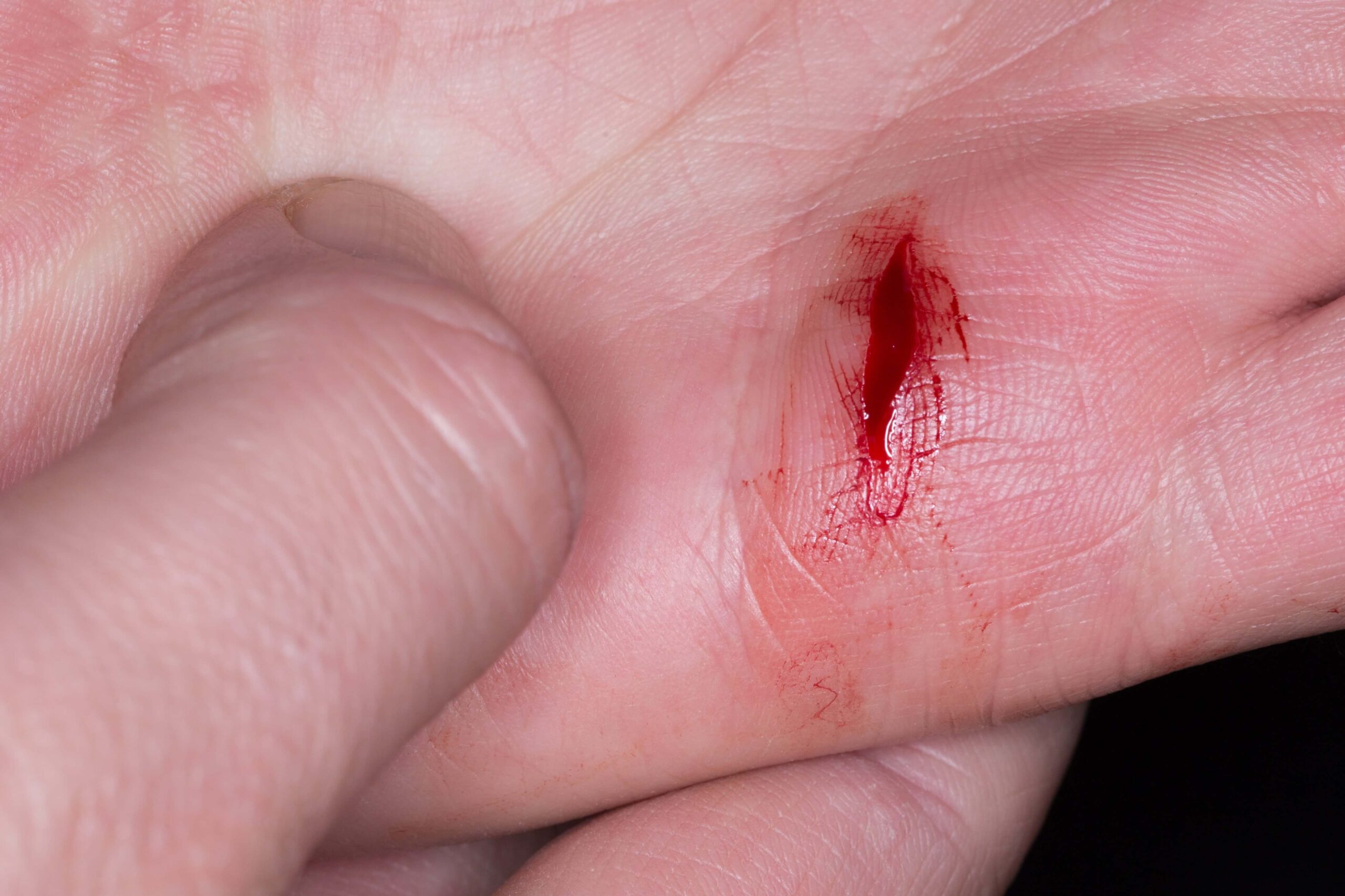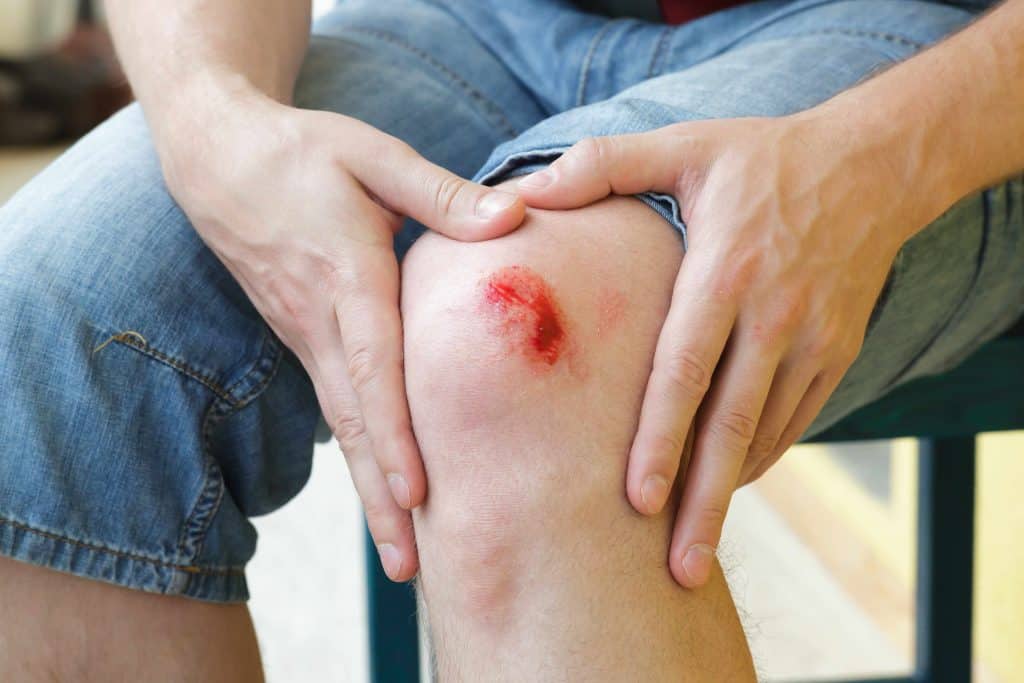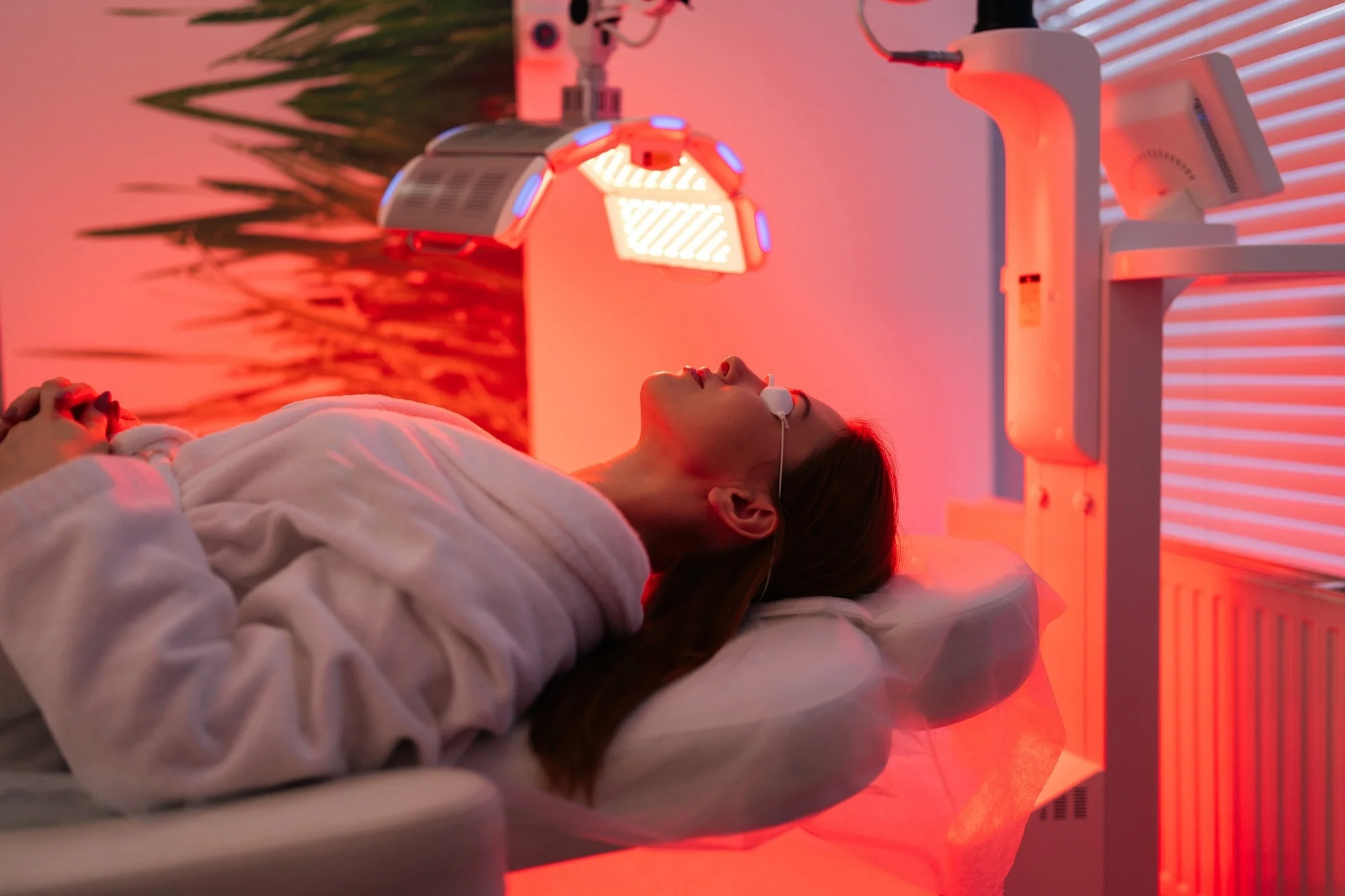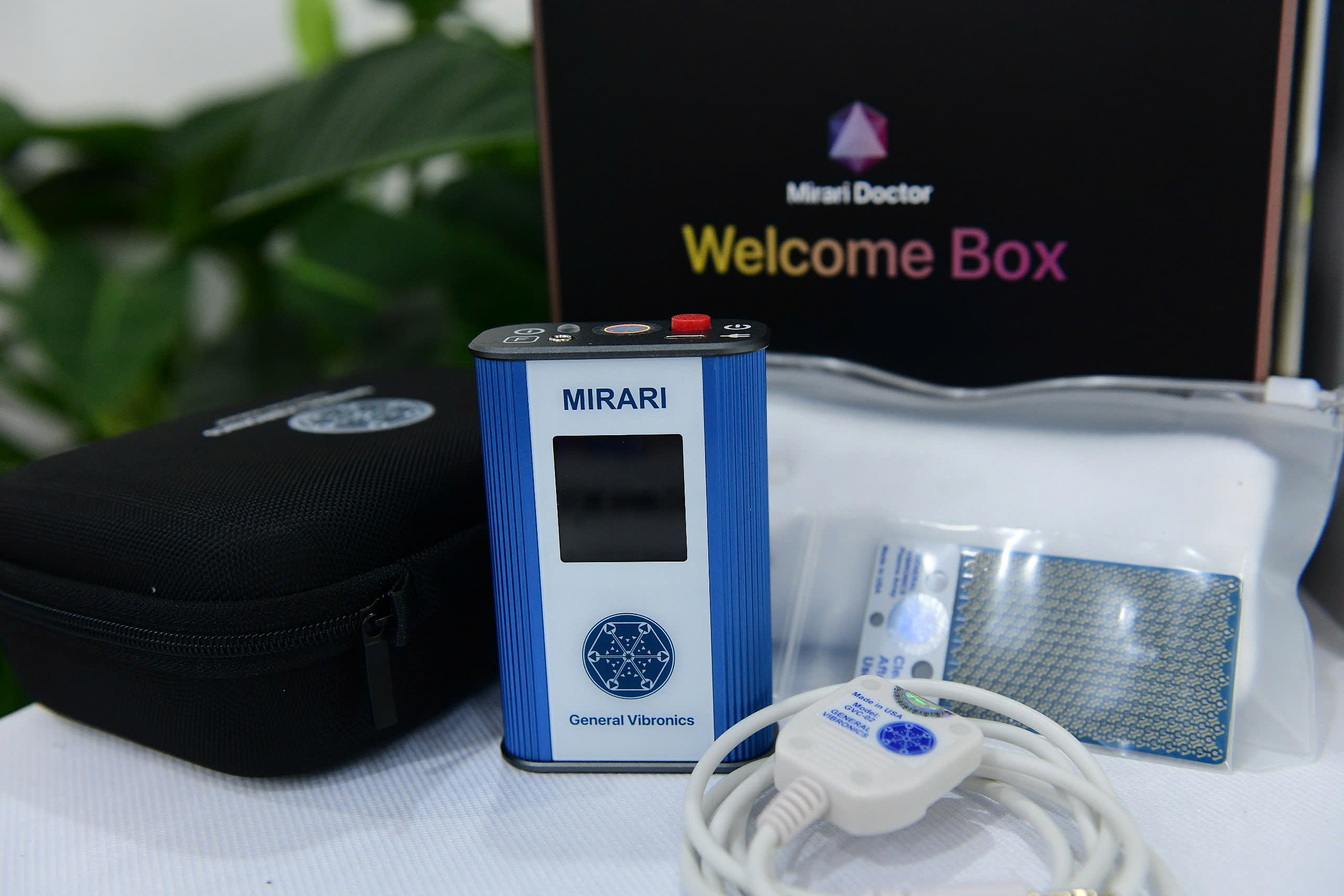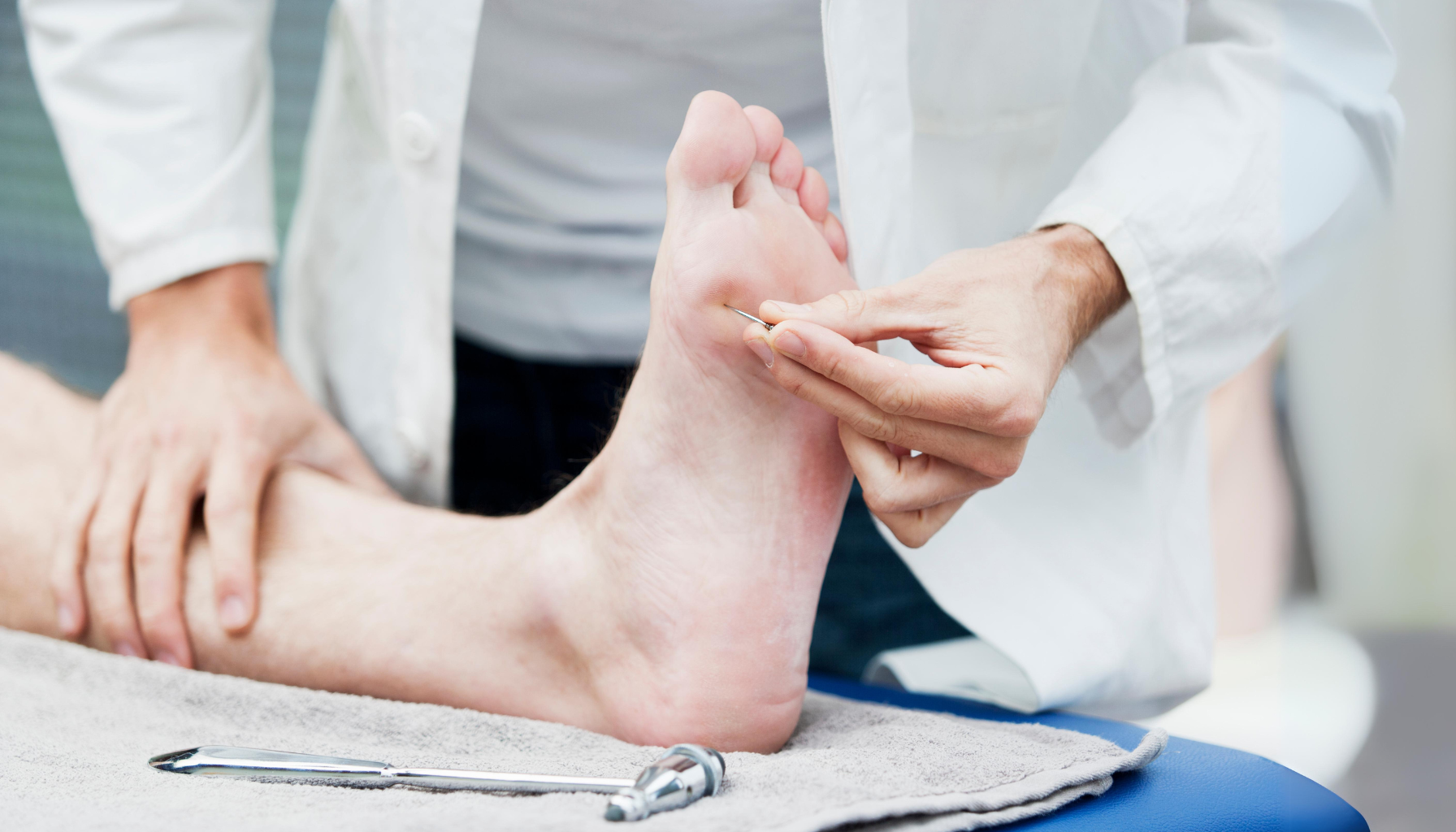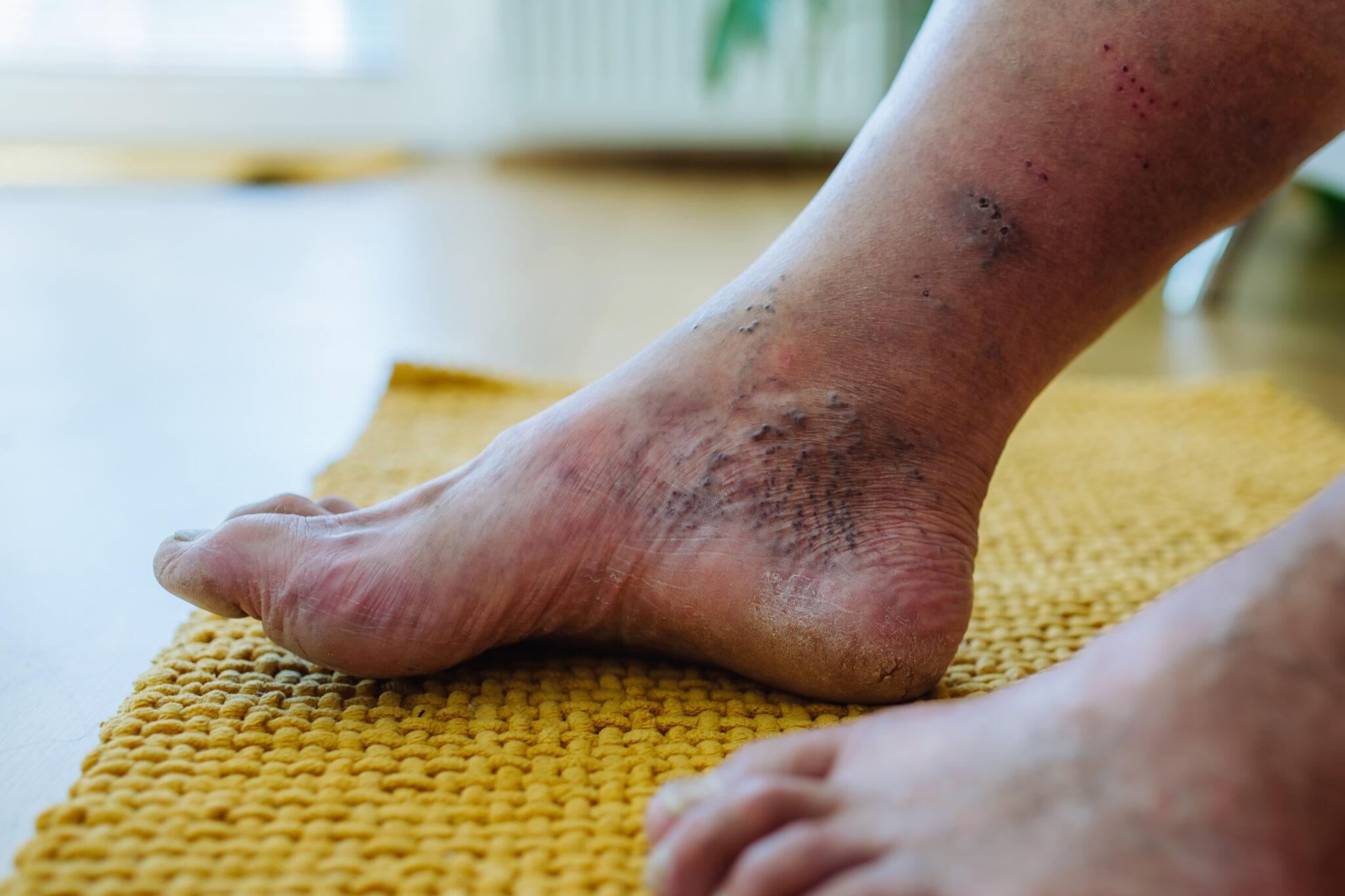
What happens if you don’t treat a burncan range from minor complications to life-threatening conditions[1]. Untreated burns create significant risks including severe infections, permanent scarring, and systemic complications that affect multiple organs[2]. Understanding these consequences helps patients recognize when immediate medical intervention becomes critical for preventing devastating outcomes.
Burns represent one of the most underestimated injuries in emergency medicine. While minor burns may seem manageable, leaving any burn untreated creates cascading health problems that worsen over time[3].
Understanding Burn Severity and Risk Factors
First-Degree Burns Left Untreated
First-degree burnstypically affect only the outer skin layer but can develop complications when ignored[4]. While these superficial injuries usually heal within days, neglecting proper care leads to:
- Extended healing time beyond normal 3-7 day period
- Increased risk of bacterial contamination
- Potential for infection spreading to deeper tissues
- Hyperpigmentation or permanent color changes[17]
Most first-degree burns don’t cause serious complications when untreated. However, burns covering large body areas require medical attention regardless of depth[5].
Second-Degree Burns Without Treatment
Second-degree burnscreate significant risks when left untreated[6]. These partial-thickness injuries damage both skin layers, creating ideal conditions for bacterial growth:
Superficial second-degree burnsdevelop:
- Severe bacterial infections within 24-48 hours
- Deeper tissue invasion as bacteria spread
- Conversion to full-thickness burns
- Permanent scarring and contractures[7]
Deep second-degree burnsbecome medical emergencies:
- Rapid progression to third-degree severity
- Systemic infection (sepsis) development
- Massive fluid loss leading to shock
- Multi-organ failure in severe cases[8]
Third-Degree Burns: Critical Consequences
Third-degree burnswithout immediate treatment cause devastating outcomes[9]. These full-thickness injuries destroy all skin layers and create life-threatening complications:
- Complete loss of natural barrier function
- Immediate risk of hypovolemic shock
- Severe bacterial invasion within hours
- Progressive tissue death (necrosis) spreading to healthy areas[10]
Infection Risks in Untreated Burns
Bacterial Invasion Patterns
Untreated burns create perfect environments for bacterial growth[11].Burn wound infectionsdevelop through predictable patterns:
Initial colonization (0-48 hours):
- Staphylococcus and Streptococcus species dominate
- Bacteria multiply in dead tissue and fluid buildup
- Immune system becomes overwhelmed[14]
Deep tissue invasion (3-7 days):
- Gram-negative bacteria (Pseudomonas, E. coli) appear
- Infection spreads to underlying muscle and fascia
- Systemic inflammatory response begins[15]
Sepsis Development
Sepsisrepresents the most dangerous infection complication[3]. This life-threatening condition develops when burn infections spread throughout the bloodstream:
- High fever, chills, and rapid heart rate
- Confusion and altered mental status
- Dramatic blood pressure drops
- Multi-organ failure progression[14]
Research shows over 60% of burn-related deaths result from infectious complications[14].
Systemic Complications of Untreated Burns
Fluid Loss and Shock
Hypovolemic shockoccurs rapidly in untreated moderate-to-severe burns[1]. The damaged skin loses its barrier function, allowing massive fluid loss:
- Plasma leaks into surrounding tissues
- Blood volume drops dangerously low
- Organs receive inadequate oxygen
- Kidney failure develops without intervention[7]
Metabolic Disruption
Untreated burns trigger severemetabolic abnormalities[7]:
Protein loss:Damaged capillaries allow protein escape, causing:
- Severe hypoalbuminemia
- Muscle wasting and weakness
- Impaired wound healing capacity[16]
Electrolyte imbalances:Include:
- Hypomagnesemia affecting heart function
- Hypophosphatemia causing muscle weakness
- Hypokalemia leading to dangerous arrhythmias[7]
Respiratory Complications
Respiratory failuredevelops in untreated severe burns through multiple mechanisms[18]:
- Direct thermal injury to airways
- Toxic gas inhalation damage
- Systemic inflammation affecting lung function
- Acute respiratory distress syndrome (ARDS)[6]
Long-Term Consequences Without Treatment
Scarring and Contractures
Untreated burns heal withexcessive scar formation[12]. This abnormal healing creates:
Hypertrophic scars:Raised, thick tissue that:
- Restricts normal movement
- Causes chronic pain and itching
- Creates permanent disfigurement[8]
Contractures:Scar tissue shrinkage leading to:
- Joint mobility limitations
- Functional disability
- Need for reconstructive surgery[10]
Chronic Health Problems
Research reveals untreated burns increaselong-term disease risk[8]:
- Cancer development in burn scars
- Cardiovascular disease progression
- Nervous system disorders
- Diabetes and metabolic syndrome[12]
Burn Complication Severity Table
| Burn Degree | Untreated Infection Risk | Systemic Risk | Permanent Damage | Death Risk |
|---|---|---|---|---|
| First-degree[4] | Low | Minimal | Pigmentation changes | Very low |
| Superficial 2nd[6] | Moderate-High | Low-Moderate | Scarring likely | Low |
| Deep 2nd[7] | High | Moderate-High | Contractures certain | Moderate |
| Third-degree[9] | Severe | Life-threatening | Devastating | High |
When Untreated Burns Become Fatal
Critical Thresholds
Fatal outcomesfrom untreated burns depend on several factors[1]:
Burn size thresholds:
- Adults: >40% total body surface area
- Children: >20% total body surface area
- Elderly: >15% total body surface area[7]
High-risk locations:
- Face and airway burns causing breathing problems
- Circumferential burns restricting circulation
- Burns over joints limiting movement[17]
Progression Timeline
Untreated severe burns follow predictabledeterioration patterns[10]:
- 0-6 hours:Initial tissue damage and fluid loss
- 6-24 hours:Bacterial colonization begins
- 1-3 days:Deep infection and systemic response
- 3-7 days:Multi-organ failure development
- 1-2 weeks:Death from complications[14]
Advanced Treatment Options for Severe Burns
Modern Wound Care Technologies
Contemporary burn treatment utilizesinnovative technologiesto prevent untreated burn complications. Advanced cold atmospheric plasma therapy represents a breakthrough approach[2].
TheMirari Cold Plasmasystem, developed by General Vibronics and available through Mirari Doctor (miraridoctor.com), offersnitric oxide-based healing. This technology:
- Eliminates bacterial contamination without thermal damage
- Accelerates tissue regeneration through controlled reactive species
- Reduces inflammation while promoting healthy healing
- Prevents progression to more severe burn degrees[15]
Preventing Complications Through Early Intervention
Professional treatment protocols focus onimmediate burn management[19]:
Primary goals:
- Stop ongoing tissue damage
- Prevent bacterial invasion
- Maintain adequate fluid balance
- Preserve functional tissue[20]
Emergency Intervention Comparison
| Treatment Timing | Infection Prevention | Healing Time | Scarring Risk | Complications |
|---|---|---|---|---|
| Immediate (0-1 hour)[17] | Excellent | Optimal | Minimal | Rare |
| Early (1-6 hours)[5] | Good | Slightly delayed | Low-Moderate | Occasional |
| Delayed (6-24 hours)[11] | Poor | Significantly delayed | High | Common |
| Untreated (>24 hours)[14] | Very poor | Severely impaired | Severe | Life-threatening |
Five Critical Questions About Untreated Burns
How quickly do untreated burns become infected?
Bacterial colonization begins within 6-12 hoursof injury[11]. Serious infections develop within 24-48 hours, particularly in second and third-degree burns. The deeper the burn, the faster dangerous bacteria multiply and spread[15].
Can untreated burns kill you?
Yes, untreated severe burns frequently cause deaththrough multiple mechanisms[9]. Major causes include septic shock from overwhelming infection, hypovolemic shock from fluid loss, and multi-organ failure. Burns covering >40% body surface area have high mortality without treatment[7].
What permanent damage occurs from untreated burns?
Untreated burns create devastating permanent consequences[12]. These include severe contractures limiting movement, hypertrophic scarring causing disfigurement, loss of sensation from nerve damage, and increased cancer risk in burn scars. Deep burns may require amputation[8].
How do untreated burns affect your immune system?
Severe untreated burns cause profound immunosuppression[14]. The massive inflammatory response overwhelms immune defenses, making patients vulnerable to multiple infections. This immunocompromised state can persist for months, increasing risk of pneumonia and other life-threatening complications[6].
When is it too late to treat a burn effectively?
Treatment effectiveness decreases rapidly after 24 hours[19]. While it’s never truly “too late” for medical intervention, established infections and tissue death require increasingly aggressive treatments. Advanced plasma technologies like those offered by miraridoctor.com can still provide benefits even in delayed cases[16].
Prevention Through Immediate Action
Understandingwhat happens if you don’t treat a burnemphasizes the critical importance of immediate care[17]. Even minor burns benefit from proper treatment to prevent complications.
Essential first steps:
- Cool the burn immediately with running water
- Remove heat sources and constricting items
- Cover with clean, dry dressing
- Seek professional evaluation for anything beyond minor first-degree burns[5]
Professional Assessment Criteria
Seek immediate medical carefor burns involving[17]:
- Face, hands, feet, genitals, or major joints
- Electrical or chemical causes
- Signs of infection (pus, increased pain, red streaking)
- Burns larger than palm size[1]
The consequences of leaving burns untreated range from minor cosmetic issues to life-threatening medical emergencies. Modern treatment approaches, including advanced technologies like cold atmospheric plasma therapy, offer hope for preventing these devastating outcomes when applied promptly and appropriately.
References
- Cleveland Clinic. (2025). Burns: Symptoms, Degrees, How To Treat \& Healing.//my.clevelandclinic.org/health/diseases/12063-burns
- NHS. (2022). Burns and scalds – Recovery.//www.nhs.uk/conditions/burns-and-scalds/recovery/
- NHS. (2022). Burns and scalds – Complications.//www.nhs.uk/conditions/burns-and-scalds/complications/
- MSKTC. (2023). Understanding a Burn Injury.//msktc.org/burn/factsheets/understanding-burn-injury
- Mayo Clinic. (2024). Burns – Symptoms and causes.//www.mayoclinic.org/diseases-conditions/burns/symptoms-causes/syc-20370539
- Physiopedia. Complications Post Burns.//www.physio-pedia.com/Complications_Post_Burns
- MSD Manuals. (2024). Burns – Injuries; Poisoning.//www.msdmanuals.com/professional/injuries-poisoning/burns/burns
- Larson Law. (2022). Long-Term Effects of Severe Burn Injuries.//ndakotalaw.com/long-term-effects-of-severe-burn-injuries/
- UCI Health. (2018). Home burn care do’s and don’ts.//www.ucihealth.org/blog/2018/05/treating-burns
- MSD Manual Consumer Version. (2024). Burns – Injuries and Poisoning.//www.msdmanuals.com/home/injuries-and-poisoning/burns/burns
- PMC. (2016). Infection in Burns.//pmc.ncbi.nlm.nih.gov/articles/PMC4790211/
- PMC. (2016). Long-Term Study Of Health And Quality Of Life After Burn Injury.//pmc.ncbi.nlm.nih.gov/articles/PMC5336608/
- UCI Health. (2025). Home burn care do’s and don’ts.//www.ucihealth.org/blog/2025/02/preventing-treating-home-burns
- PMC. (2020). Burn injury.//pmc.ncbi.nlm.nih.gov/articles/PMC7224101/
- PMC. (2017). Infectious complications in adult burn patients.//pmc.ncbi.nlm.nih.gov/articles/PMC6033481/
- Physiopedia. Systemic Response to Burns.//www.physio-pedia.com/Systemic_Response_to_Burns
- Grady Health. (2025). When is a Burn Serious Enough to go to the Hospital?//www.gradyhealth.org/blog/when-is-a-burn-serious-enough-to-go-to-the-hospital/
- PMC. (2016). Burns: Pathophysiology of Systemic Complications.//pmc.ncbi.nlm.nih.gov/articles/PMC5214064/
- Medscape. (2022). Burn Wound Infections: Background, Pathophysiology.//emedicine.medscape.com/article/213595-overview
- ScienceDirect. Burn Injury Pain: The Continuing Challenge.//www.sciencedirect.com/science/article/pii/S1526590007005123
Related articles
Made in USA



